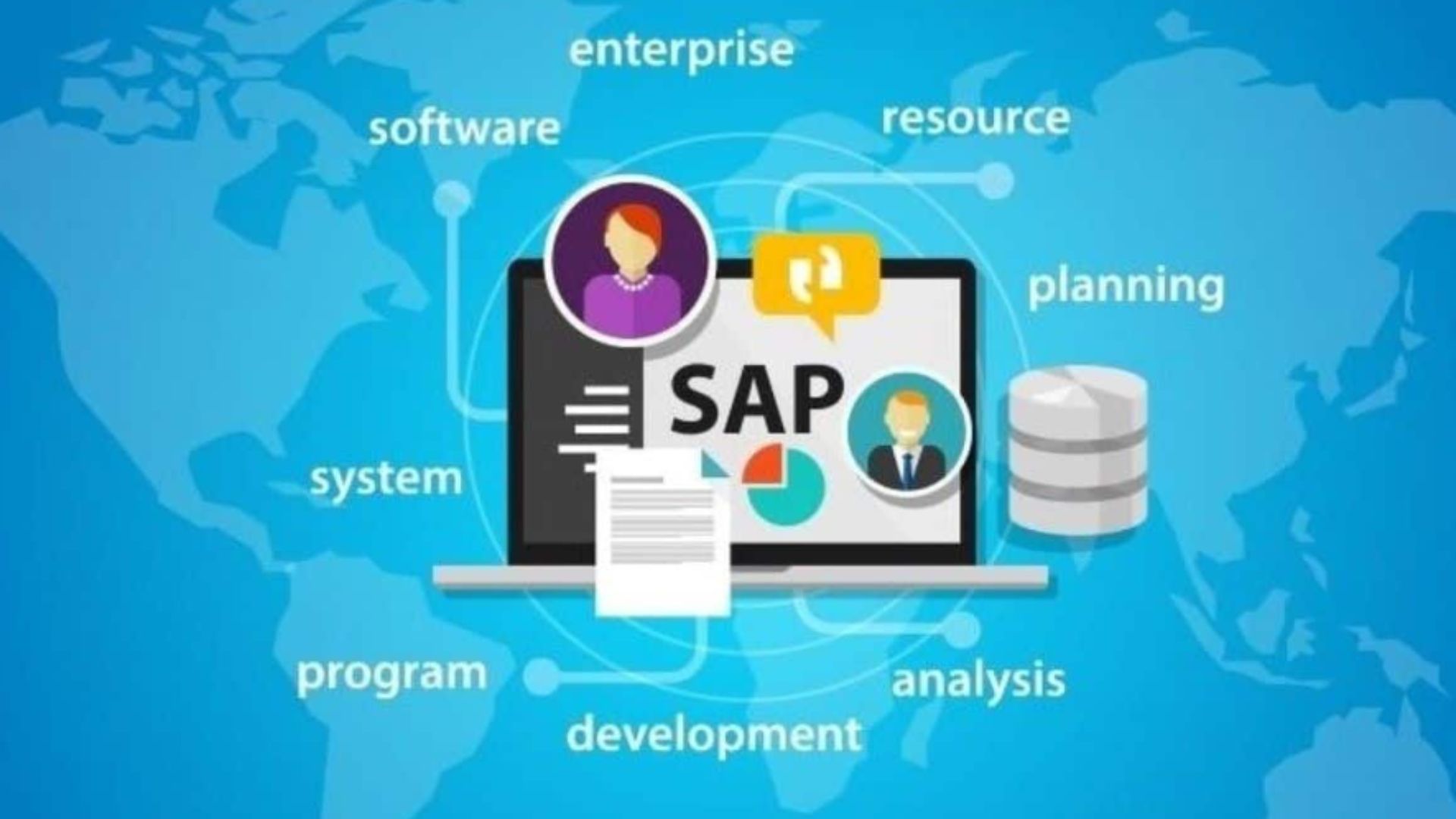Top Benefits of Integrating SAP with Custom Business Applications
Today’s digital-first business environment, organizations strive to create seamless workflows, automate tasks, and centralize data to improve decision-making and operational efficiency. One powerful way to achieve these objectives is by integrating SAP with custom business applications tailored to specific business needs. While SAP is a robust and feature-rich enterprise resource planning (ERP) system, its true potential can be fully unlocked when it communicates effortlessly with other systems and tools unique to your business processes.
Businesses often rely on multiple platforms to manage operations—customer relationship management (CRM), inventory systems, point-of-sale (POS) systems, HR platforms, analytics dashboards, and many more. Without integration, these systems operate in silos, leading to duplication of efforts, inconsistencies in data, and operational inefficiencies. Integration bridges the gap, enabling SAP to work in harmony with custom-built applications that cater to niche functions or industry-specific workflows.
1. Streamlined Business Processes
When SAP is integrated with custom applications, organizations benefit from smoother workflows. For example, when a sales order is placed in a custom web portal, it can automatically be recorded in the SAP system without the need for manual data entry. This automation saves time and reduces the chances of human error. Whether it’s syncing financial records, managing procurement, or updating inventory, integration ensures processes move efficiently from one stage to another without delays.

2. Real-Time Data Synchronization
Access to real-time data is critical for business agility. Integrating SAP with custom applications ensures that data updates instantly across all platforms. If a customer updates their contact information in a mobile app, it gets reflected in the SAP system right away. This enables decision-makers to act on the most accurate and current information, enhancing responsiveness to market changes, customer needs, and operational shifts.
3. Improved Accuracy and Reduced Manual Errors
Manual data handling not only slows down operations but also increases the risk of inaccuracies. Through integration, data flows automatically between systems, eliminating redundant data entry and minimizing the risk of errors. For instance, finance teams can benefit from accurate invoice processing and consistent reporting when data from custom billing applications syncs directly with SAP modules.
4. Increased Productivity
With integration, employees no longer need to toggle between multiple systems or spend hours on repetitive tasks. Custom applications can be designed to suit specific roles, and when linked with SAP, they provide the right data at the right time. This improves overall productivity, allowing teams to focus on value-added activities such as strategic planning, customer service, and innovation.
5. Cost Savings Over Time
Although integration may involve an upfront investment, the long-term cost savings are substantial. Reduced labor hours, fewer errors, quicker turnaround times, and better inventory management lead to lower operational costs. Moreover, companies can avoid licensing multiple full-scale systems by using custom lightweight applications that integrate with SAP for specific tasks.
6. Scalability and Flexibility
As businesses grow and evolve, so do their software needs. Custom applications offer the flexibility to adapt to unique business requirements. Integrating these with SAP provides a scalable solution that evolves with the organization. Whether adding new functionalities, expanding into new markets, or adapting to regulatory changes, the integrated system remains robust and future-ready.
7. Enhanced User Experience
Custom applications often offer more intuitive interfaces tailored to specific roles or departments. When integrated with SAP, users enjoy a more cohesive and user-friendly experience. Employees can interact with familiar dashboards while SAP works in the background, handling the complex data processes. This reduces the learning curve and improves adoption rates across departments.
8. Faster Decision-Making with Unified Reporting
When all systems are connected, data aggregation becomes seamless. Businesses can generate unified reports that draw from SAP and custom applications alike. Whether it's financial performance, sales data, or supply chain metrics, decision-makers gain access to comprehensive insights, enabling them to make data-backed decisions swiftly and effectively.
9. Compliance and Audit Readiness
Integration improves traceability and accountability. Data captured through custom apps is stored securely in SAP, where audit trails, access logs, and validation rules are already in place. This makes compliance reporting simpler, faster, and more accurate especially crucial for businesses operating in highly regulated industries such as finance, healthcare, or manufacturing.
10. Competitive Advantage
Finally, businesses that integrate SAP with custom applications enjoy a competitive edge. They are more agile, responsive, and customer-focused. With tailored solutions addressing specific business challenges and SAP ensuring enterprise-grade reliability, companies can outperform competitors still relying on disjointed or generic systems.